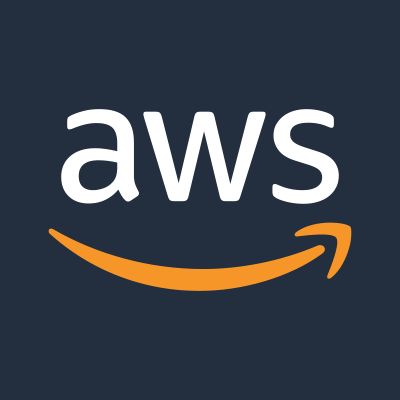 +
+

To integrate AWS and CircleCI with your monitoring system, please reach out to MetricFire. Book a demo with the MetricFire team to discuss integrating AWS and CircleCI and how that can support your monitoring system.
Amazon Web Services (AWS) is a platform that provides a multitude of services. AWS provides more than 175 different services such as computing, storage, networking, database, analytics, application services, deployment, management, mobile, developer tools, and tools for the Internet of Things.
You can build, host, run, and monitor your software entirely within AWS. AWS eliminates the need for developers and businesses to have their servers, databases, or networks.
AWS is the world’s biggest and most widely adopted cloud platform. It has completely changed how web applications are built, and the nature of DevOps and SRE work.
There are many options for doing performance monitoring for applications built in AWS. AWS provides a monitoring tool called CloudWatch that automatically pulls in metrics from all areas of your application. However, using CloudWatch for everything can become very expensive.
If you’re monitoring a small application, CloudWatch will be suitable for your monitoring needs. However, if you’re monitoring a massive application with lots of custom metrics, the cost of monitoring with CloudWatch quickly escalates beyond reasonable.
Monitoring your AWS with MetricFire is a great option for reducing the cost of your monitoring and for getting better functionality. MetricFire can pull your metrics directly from AWS and put them into a custom AWS monitoring dashboard. MetricFire can alert on these metrics and can send notifications directly to your phone, email, or Slack.
To get started, first, create a policy that we will later attach to the user.
Next, we’ll create a user to attach the policy. We’ll use the Access Key/Secret Key tokens to permit Hosted Graphite to import CloudWatch metric data.
To enable the CloudWatch add-on, go to the add-ons page in your Hosted Graphite account and choose the option for Amazon AWS CloudWatch. From there you can select the AWS services you wish to connect with.
If you have any questions about getting your AWS instances connected to Hosted Graphite, contact our team. We're happy to help you!
To get your webhook URL from Hosted Graphite - Simply click the “Copy CircleCI webhook URL” button on the add-ons page, and add the URL to your circleCI configuration.
To see the annotations on your graph, enable them in your dashboard settings and they will appear on your graph:
See the Hosted Graphite Annotation docs for more information on configuring annotations on your dashboards.
MetricFire is a full-scale platform that provides infrastructure, system, and application monitoring using a suite of open-source tools. We will aggregate and store your data as time series metrics, which can be used to build custom dashboards and alerts. MetricFire takes away the burden of self-hosting your own monitoring solution, allowing you more time and freedom to work on your most important tasks.
MetricFire offers a complete ecosystem of end-to-end infrastructure monitoring, comprised of open-source Graphite and Grafana. MetricFire handles the aggregation, storage, and backups of your data, and offers alerting, team features, and API's for easy management of your monitoring environment. You can send server metrics using one of our agents, custom metrics from within your application code, and integration metrics from a variety of popular 3rd party services that we integrate with like Heroku, AWS, Azure, GCP, and many more!
Our Hosted Graphite product has improved upon standard Graphite to add data dimensionality, optimized storage, and offers additional tools and features that provide customers with a robust and well-rounded monitoring solution.
Monitoring ZFS across your business's server infrastructure is crucial for ensuring data integrity, optimizing... Continue Reading